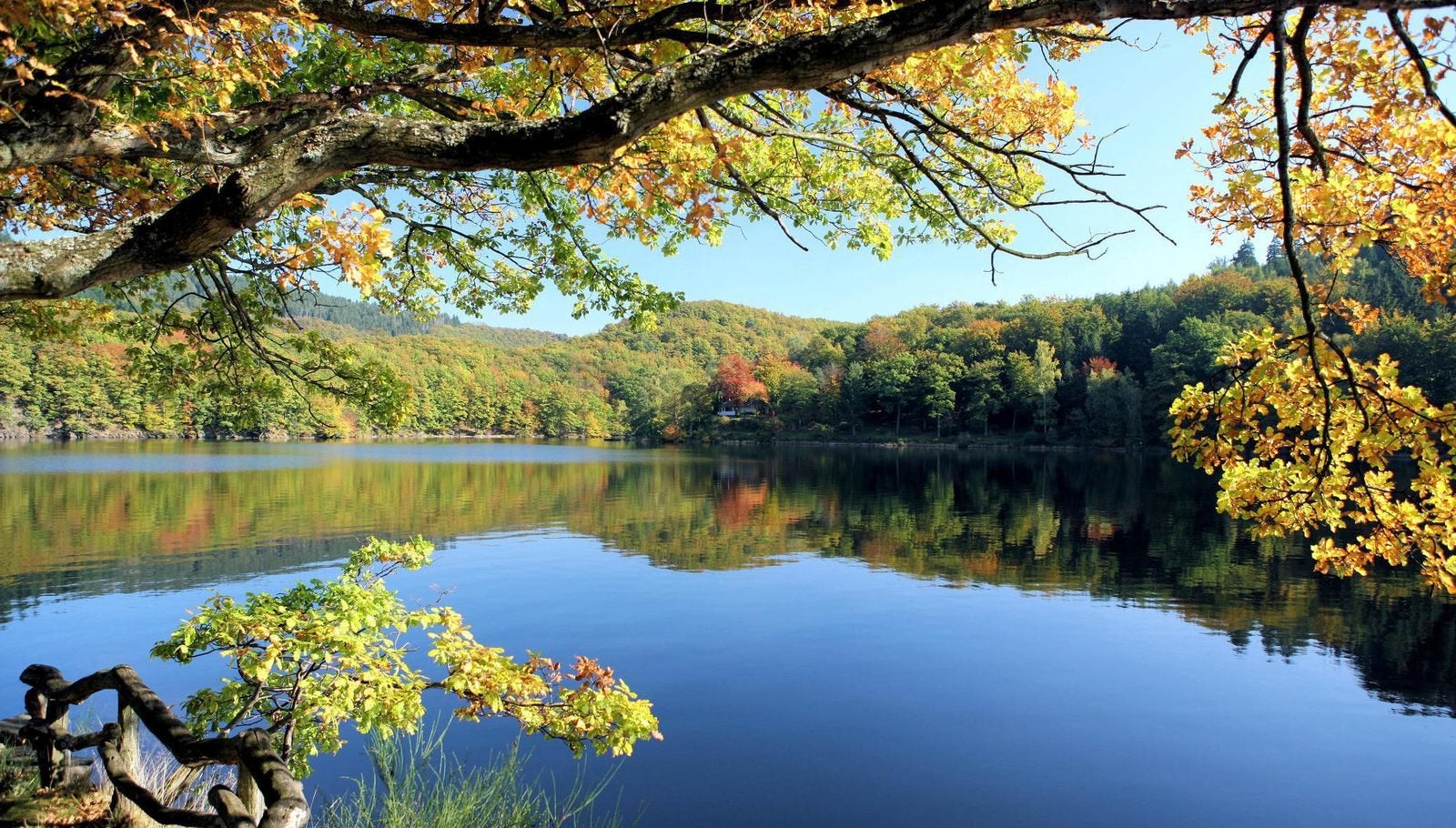A tent without man lines is susceptible to collapsing or being blown away in windy problems. By affixing to marked loopholes or accessory points, and then connecting to support factors like rocks, trees, or outdoor tents risks, man lines provide additional support past what is supplied by a sanctuary's interior frame and tent posts.
Outdoor tents Stability
Tent stability is essential for occasion safety and security and a comfortable experience. A stable tent can hold up against rough weather, including high winds, rain, and snow without threat of damages or collapse.
The kind of frame and cover products used can impact outdoor tents stability. Century pole outdoors tents, which count on a single central post for support, are more at risk to high wind rates than frame outdoors tents. Structure camping tents feature a grid-like system of light weight aluminum or steel beam of lights that work together to sustain the structure, sharing the load so no person part takes all the stress.
To maintain a camping tent, the first step is to affix man lines to the outdoor tents's person out loops. Make use of a trustworthy knot, like a bowline or clove hitch, to link the line to the anchor point, and make certain it is taut yet not as well limited. This will prevent harming the tent textile or straining the posts, while distributing stress uniformly.
Wind Security
In wind power, atmospheric security is a vital factor for exact estimates of wind rates at different elevations. Several approaches to identify the upright profile of the wind demand to take this characteristic right into account. Neglecting it can bring about incorrect outcomes, resulting in overstated energy shipment prices or lower than anticipated performance.
Weather vary according to the site area and weather sensations occurring during that time. For example, prevailing wind shear relies on the type of weather condition present, such as a steady or unpredictable atmosphere, or a layering of air masses with different temperature level structures, rainfly promoting instability or security.
At the study website, an evaluation was carried out to acquire the distribution of atmospheric security criteria at two elevations (20 m and 50 m). Number 8d shows that shear values are extra dispersed and have a tendency to be greater in unstable atmospheric conditions. This validates the diurnal behavior of these specifications in a mostly unstable environment.
Climate Security
While weather apps and WX SMARTS write-ups tend to focus on fronts, systems, and electrical storms, climatic security is less-talked about, yet it's embedded in everything from wind gusts and clouds to upright updrafts and downdrafts. Security is simply defined as the capability of an ambience to reply to vertical motion. Therefore, meteorologists assessing upper-air observations use a useful graph called the Skew-T layout that illustrates the air's reaction to vertical variation, with security states classified as secure, neutral or unstable. Obviously, the above description is simple; there are lots of variables that impact stability, such as vertical wind shear and latent heat release during condensation. These processes change the ecological gap price and influence buoyancy, updrafts and downdrafts, and cloud development in intricate means.
